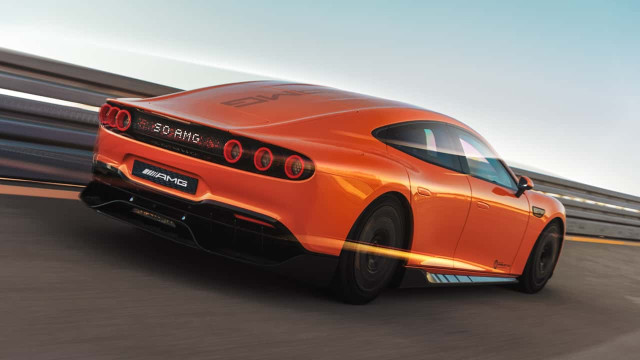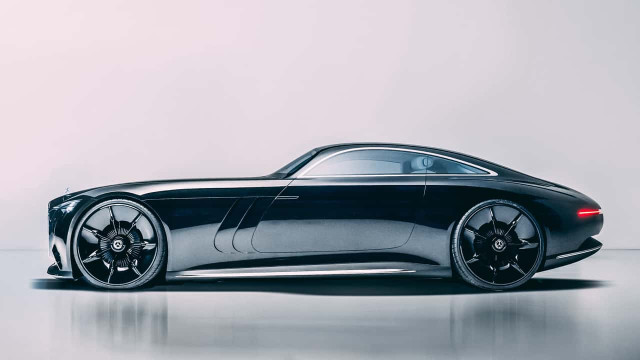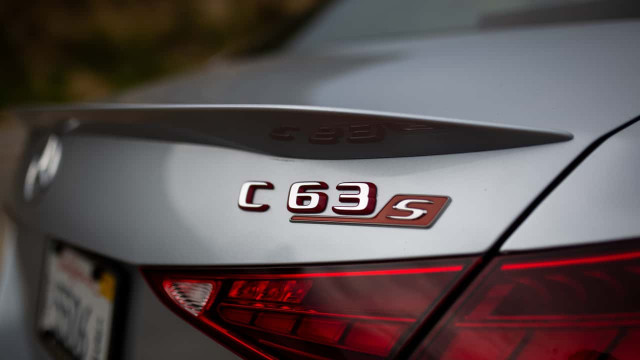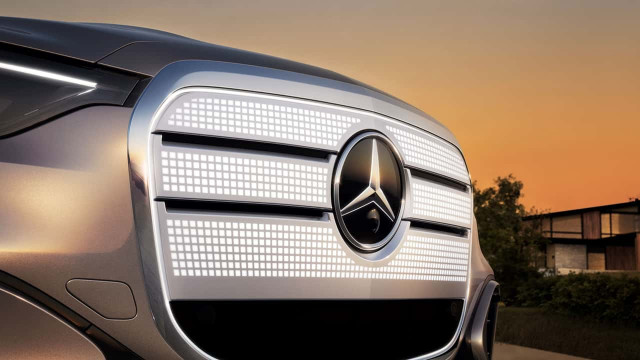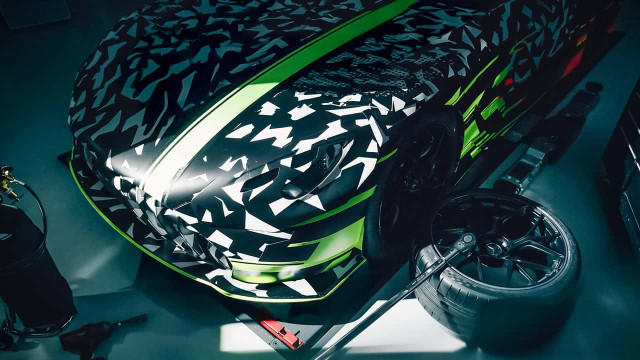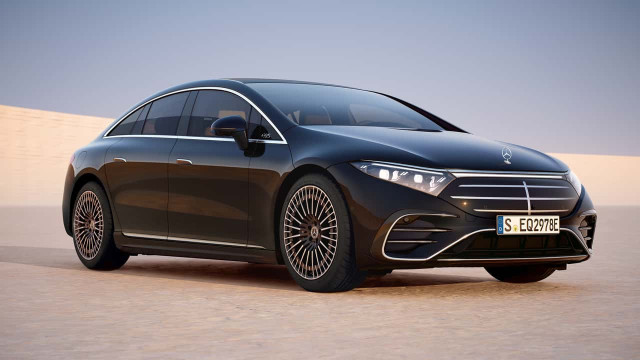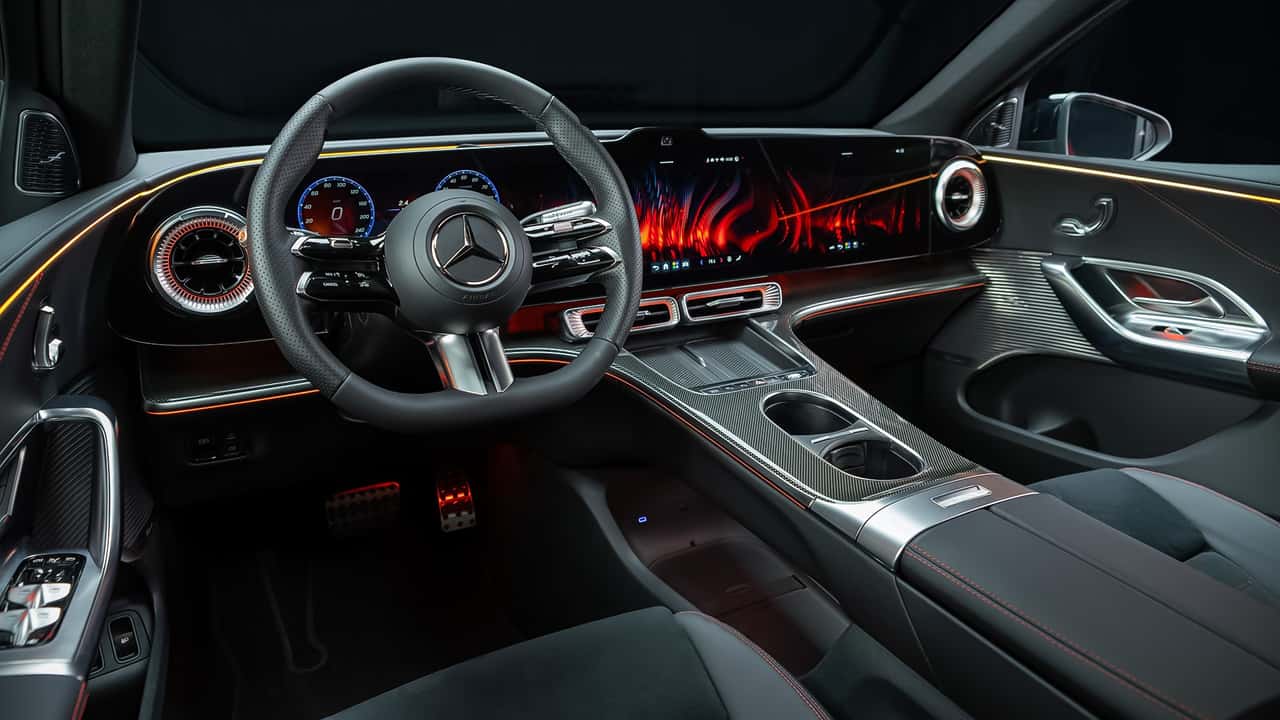Mercedes-Benz Returns to Physical Controls: 'Buttons Offer Enhanced Usability'
Earlier this month, Mercedes-Benz unveiled the latest GLC model, drawing significant attention to its expanded digital display. Despite the prominent screen, the vehicle incorporates tangible controls—featuring buttons, switches, and knobs positioned on the steering wheel.
This design choice is intentional. According to Mercedes' software director, Magnus Östberg, data indicates a preference for physical interfaces. He shared with Autocar during the Munich Motor Show:
'Our research reveals that physical buttons provide a better user experience, which led us to reintegrate them into the design.'
The company discovered that physical controls are especially crucial for specific age groups and demographics, a finding derived from data collected from their initial software-centric vehicle, the CLA. Moving forward, the new steering wheel laden with buttons will become standard in forthcoming Mercedes models, with potential variations tailored to different regional markets.
Photo by: Mercedes-Benz
However, Mercedes isn't planning a complete return to traditional controls. The automaker is considering the addition of more physical buttons and switches throughout the cabin, likely reserving these features for larger vehicles where space and design flexibility allow.
Decline of the Touchscreen Era
Automakers are increasingly recognizing the value of physical controls for both customer satisfaction and safety. Buttons and switches for essential functions remain in demand, backed by consumer and safety data.
For instance, BMW, during the development of the new iX3, determined that certain tactile controls were indispensable. This insight ensured the retention of features like a physical volume knob and specific switches for mirrors and windows, based on driver usage patterns.
Similarly, Volkswagen is reintroducing buttons in their vehicles, while Hyundai remains committed to maintaining physical controls to enhance safety.
Regulatory bodies are also influencing this trend. Earlier this year, Euro NCAP announced potential new regulations effective January 2026, which may penalize manufacturers for a lack of physical controls, potentially affecting safety ratings. Automakers are keen to avoid such repercussions.
